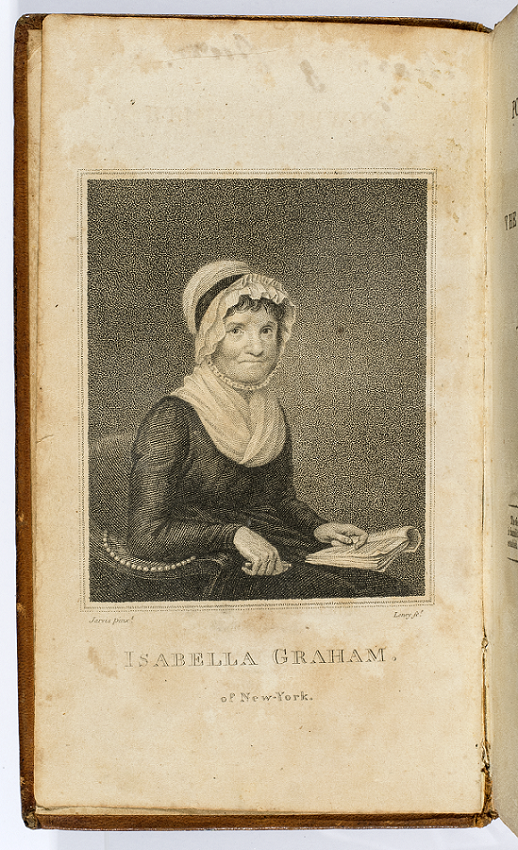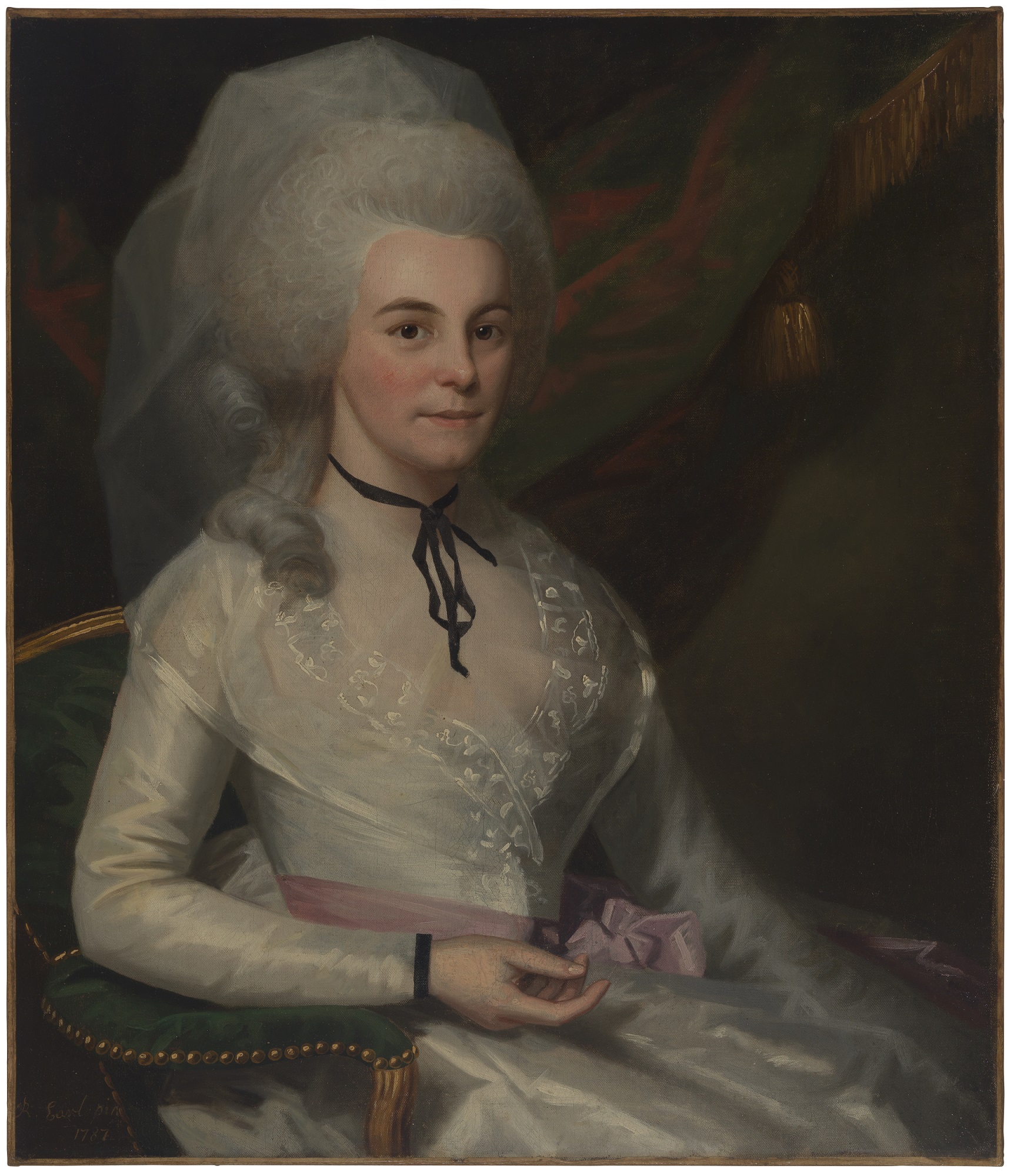Document Text |
Summary |
| On the 15th of March, 1806, the female subscribers to proposals for providing an Asylum for Orphan Children met at the City Hotel; | On March 15, 1806, the women who wanted to open an orphanage had a meeting. |
| Mrs. Graham was called to the chair, a Society organized, and a board of direction chosen. Mrs. [Sarah] Hoffman was elected the first Directress of the Orphan Asylum Society. Mrs. Graham…, or one of her family, taught the orphans daily, until the funds of the Institution were sufficient to provide a teacher and superintendent… | The women put Mrs. Graham in charge. They formed a Society and selected a Board of Directors. Sarah Hoffman was chosen to run the orphanage. Mrs. Graham and her family taught the orphans until the Society raised enough money to hire a teacher and principal. |
| And truly God has made good his promise towards this benevolent Institution…Having for fourteen months occupied a hired house for an Asylum, the ladies entertained the bold idea of building an Asylum on account of the Society. They had then about three hundred and fifty dollars as the commencement of a fund for the building; they purchased four lots of ground in the village of Greenwich, on a healthful, elevated site, possessing a fine prospect. The corner-stone was laid on the 7th of July, 1807. They erected a building fifty feet square… | The women decided to build a new building for the orphanage. They used the Society’s money to buy land in Greenwich Village and started construction on July 7, 1807. |
| In that house Mrs. Graham and Mrs. Hoffman spent much of their time; there they trained for Eternity the children of those whose widowed dying mothers they had cheered with the hope that when they should be taken away, God would fulfill his gracious promise and preserve their fatherless children alive. | Mrs. Graham and Mrs. Hoffman spent a lot of time teaching at the orphanage. |
Joanna Graham Bethune, The Power of Faith: exemplified in the life and writings of the late Mrs. Isabella Graham of New-York (New York: J. Seymour, 1816). New-York Historical Society Library.
Background
The new U.S. Constitution did not give women the power to shape the new country as voters, so they had to find other ways to contribute. In the Federal period, women worked together to champion different causes or ideas outside of the political arena. The groups they formed were known as benevolent societies.
Some benevolent societies focused on religious causes, like funding missions and running Sunday schools. Some provided a place for women to work for social justice causes, like the abolition of slavery. Many provided services for people in need. The New York Orphan Asylum is one of the most famous examples of a charitable benevolent society. It was founded in 1806 to provide a safe home for and to educate children who lost their parents. The founders of the New York Orphan Asylum were all mothers, so they knew how to care for children. But running the asylum required that they raise money, promote their plan, navigate legal requirements, and manage the day-to-day operations of the institution. These kinds of jobs were traditionally reserved for men. However, no one disapproved of women running the orphanage because taking care of children was well within women’s socially acceptable responsibilities. In this orphanage and benevolent societies around the country women learned all the skills needed to make lasting change. They soon applied these lessons to larger, more political—and more dangerous—causes like abolition.
About the Image
These portraits depict Isabella Graham and Eliza Schuyler Hamilton, who worked together with Isabella’s daughter Joanna Bethune to found the New York Orphan Asylum. The text is an excerpt from Joanna’s biography of her mother. It describes how the women established the orphan asylum.
Vocabulary
- Constitution: The governing document of the United States.
- benevolent society: A group of people who raise money and work for a cause.
- Federal period: The early years of the United States, usually defined as 1790–1830.
- mission: When a religious group sends representatives to a foreign community to teach the people about their beliefs and convert them to their religion.
- New York Orphan Asylum: A home for children who lost their parents. It was founded in 1806 and still exists today under the name Graham Windham.
Discussion Questions
- Why did women organize benevolent societies in the Federal period?
- Why were benevolent societies like the New York Orphan Asylum considered acceptable places for women to work?
- What opportunities did working for and with benevolent societies provide for women?
Suggested Activities
- For a larger history of how women worked outside of the official political systems to shape American society, combine these resources with any of the following: Salem Female Anti-Slavery Society, The Edenton Tea Party, Sentiments of an American Woman, Sanitary Fairs, Life Story: Josephine St. Pierre Ruffin, Life Story: Jane Addams, Fighting for Health Women and Families, and Atlanta Neighborhood Union: Women Helping Women.
- Ask your students to examine the resources on Republican Motherhood and then describe how benevolent societies fit within that popular paradigm of American womanhood.
- To learn more about women’s roles in religious communities, read Life Story: Jarena Lee.
Themes
ACTIVISM AND SOCIAL CHANGE








